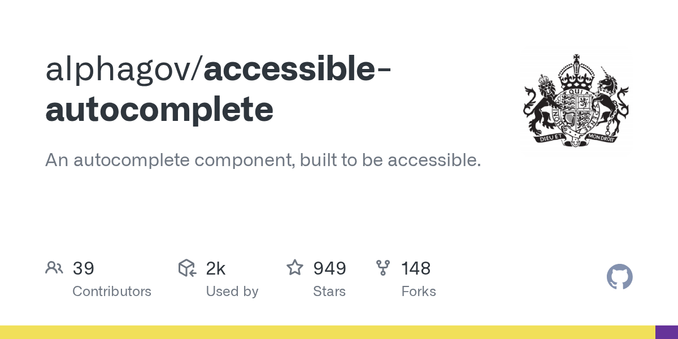I just realized that in 12 years on Twitter I made 1410 tweets.
In less than 3 years on the Fediverse I've already exceeded that with over 1500 posts.
Thinking about it I guess it is mostly because I tend to interact way more here. Talking to people instead of screaming into a void and doing self promotion.
I like that.




